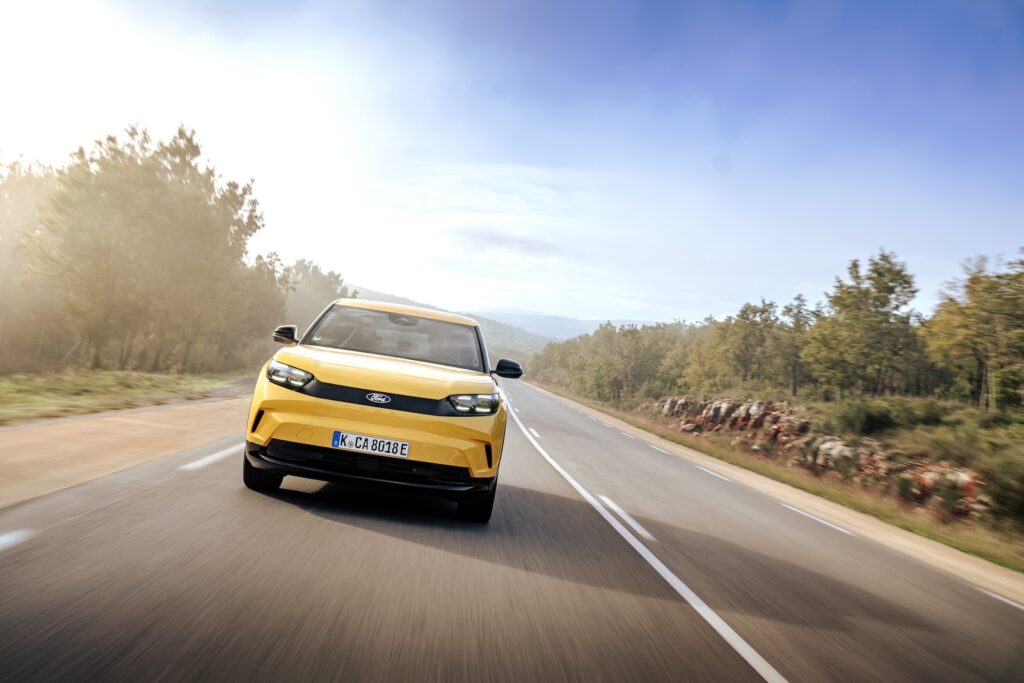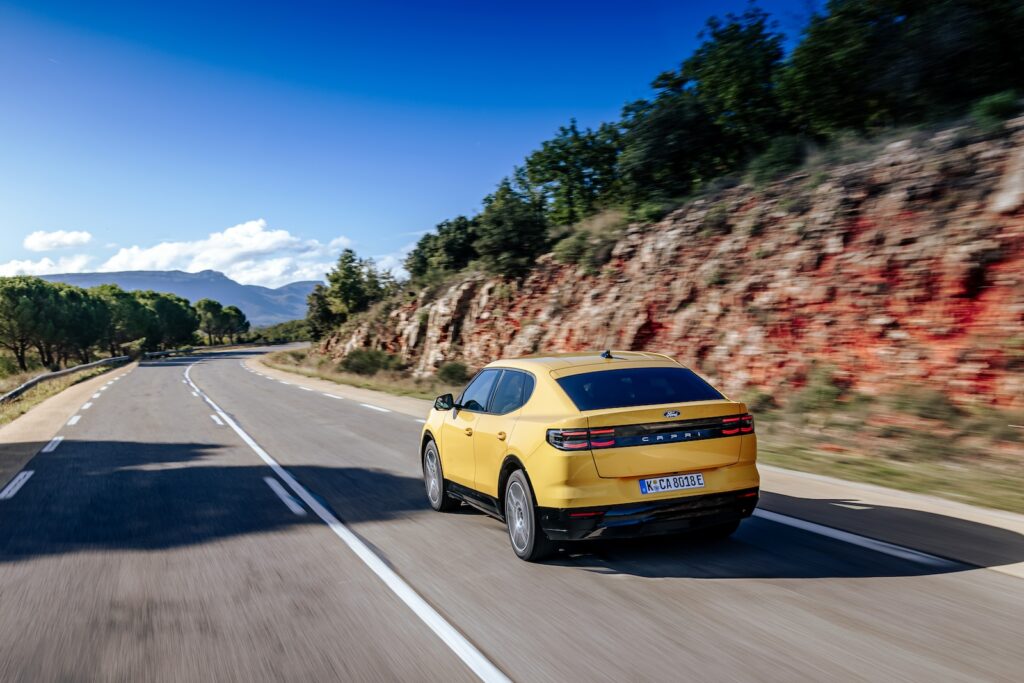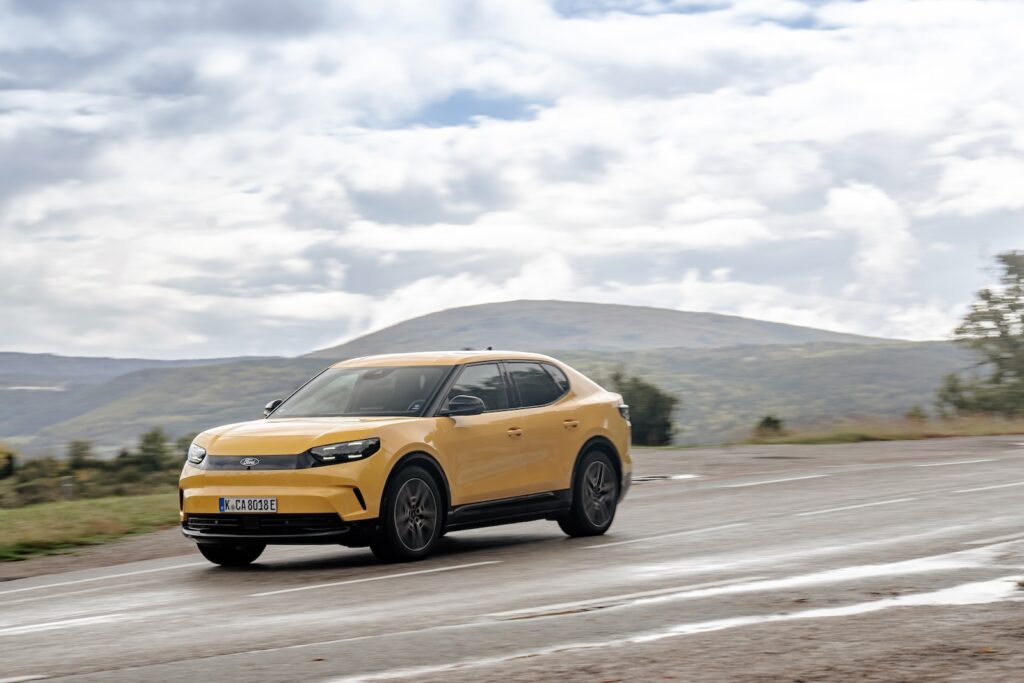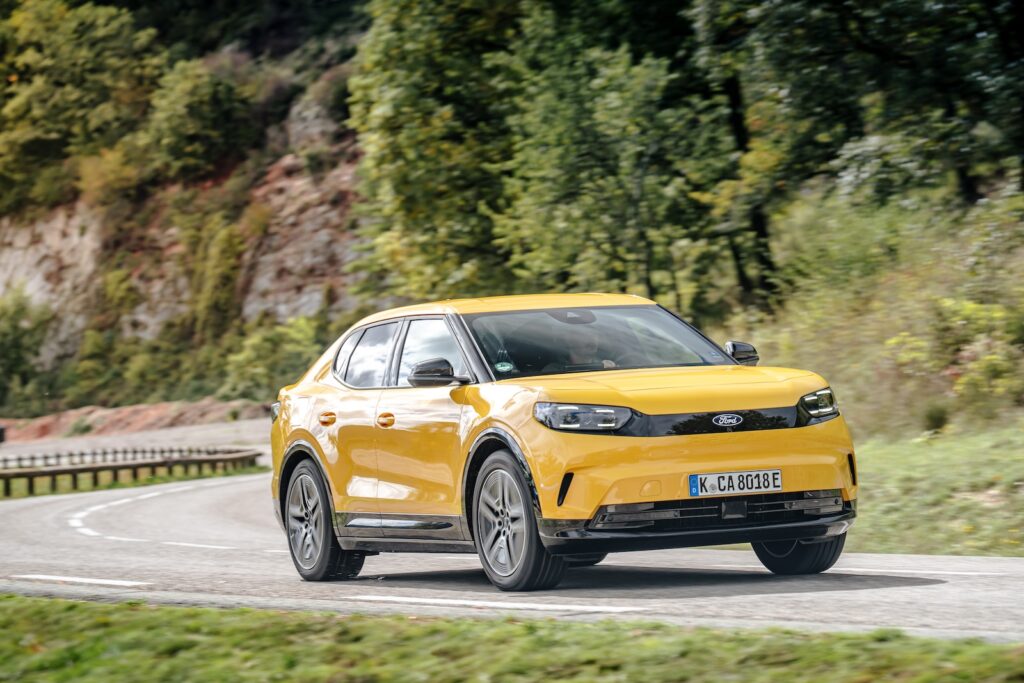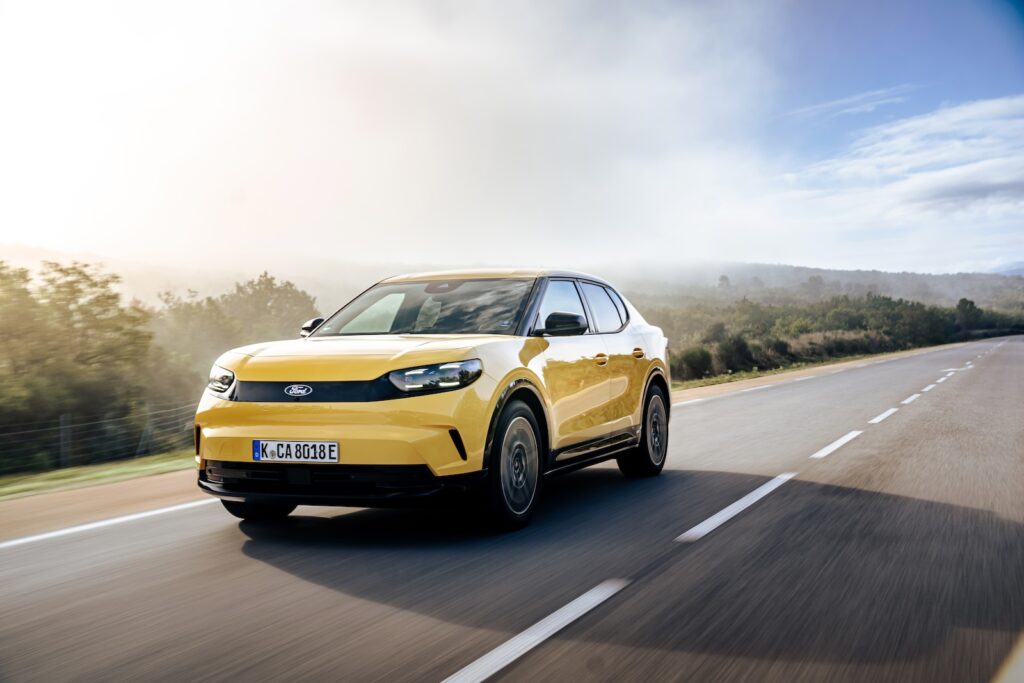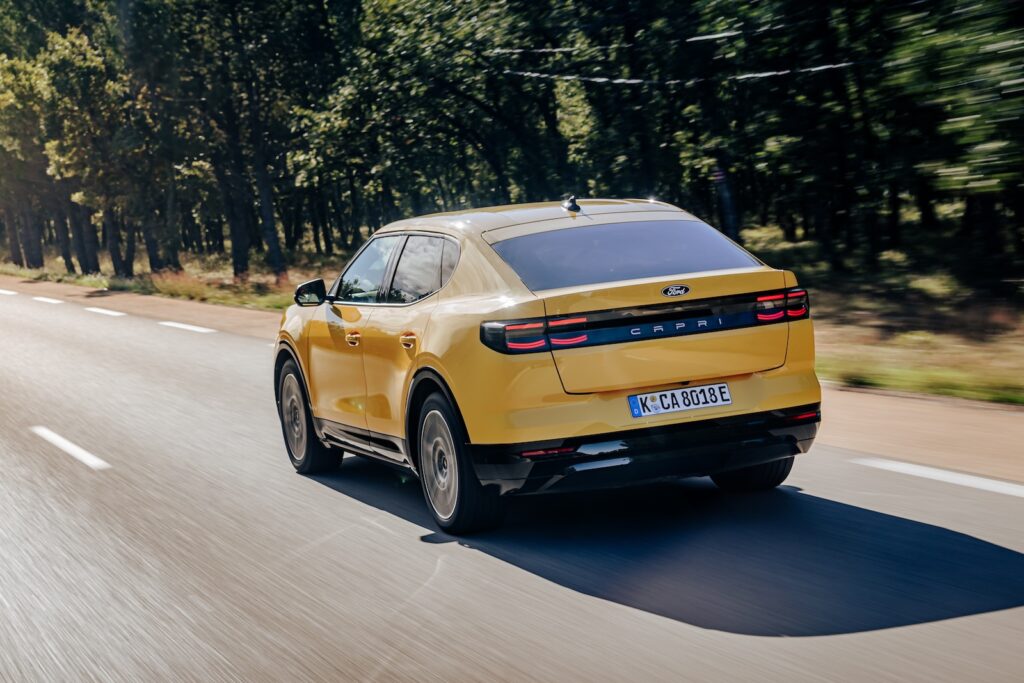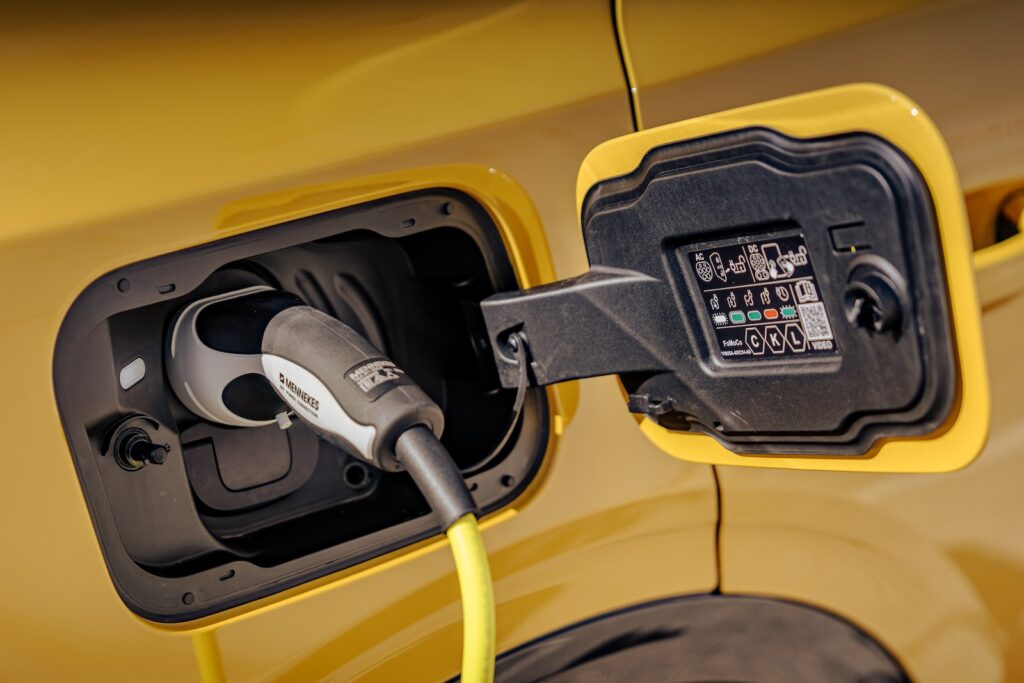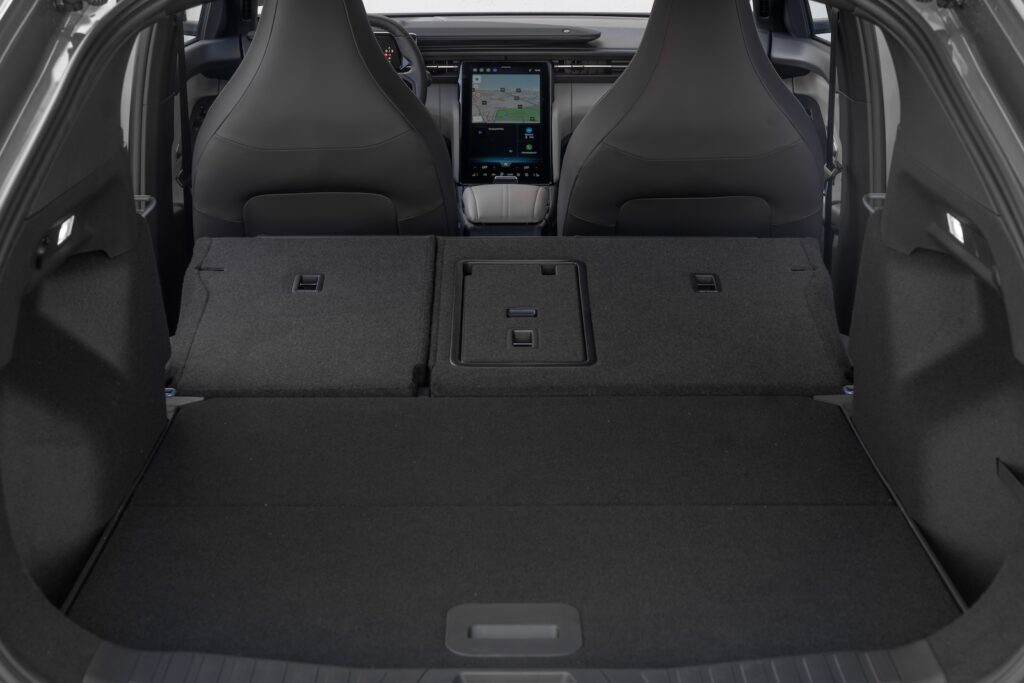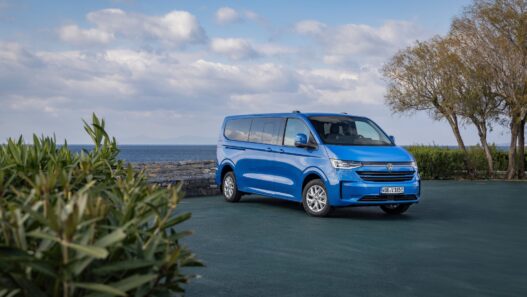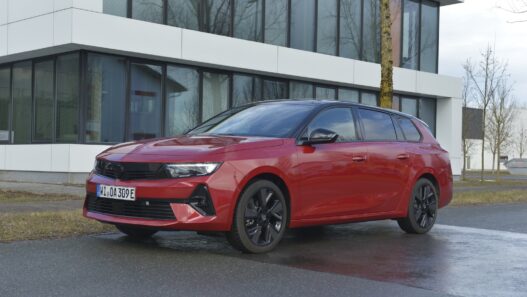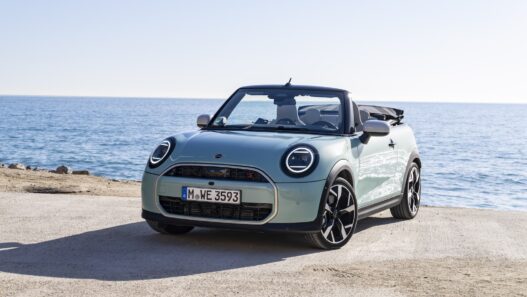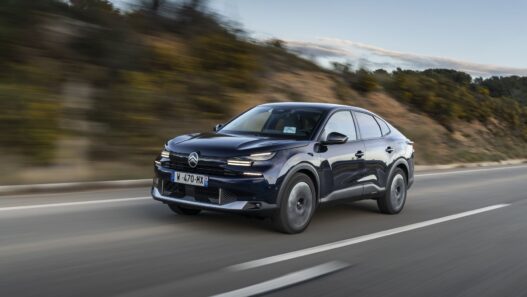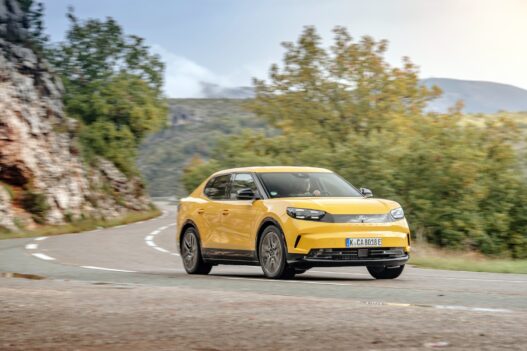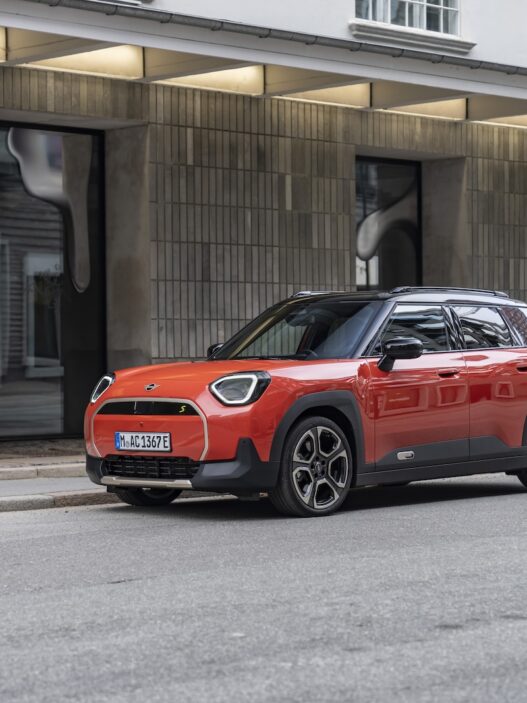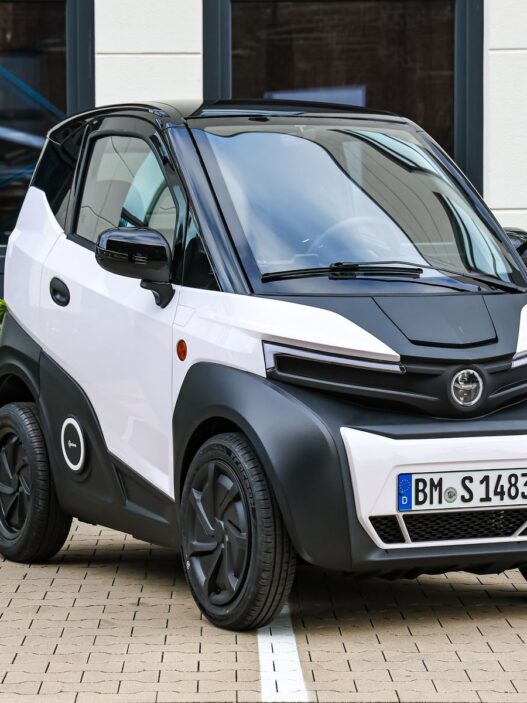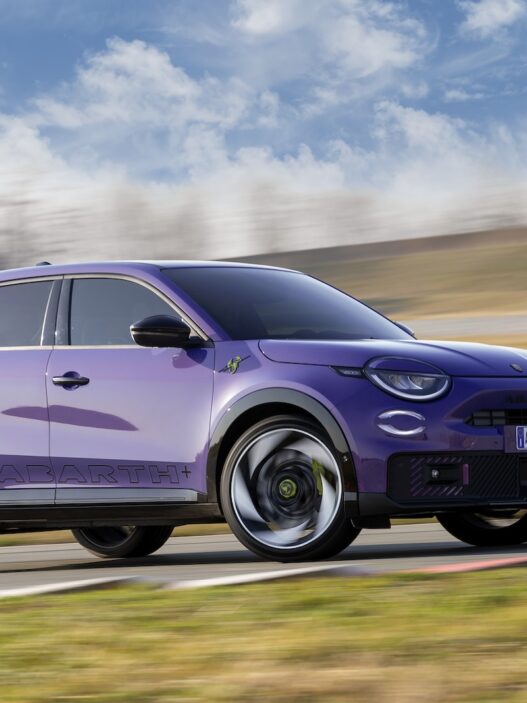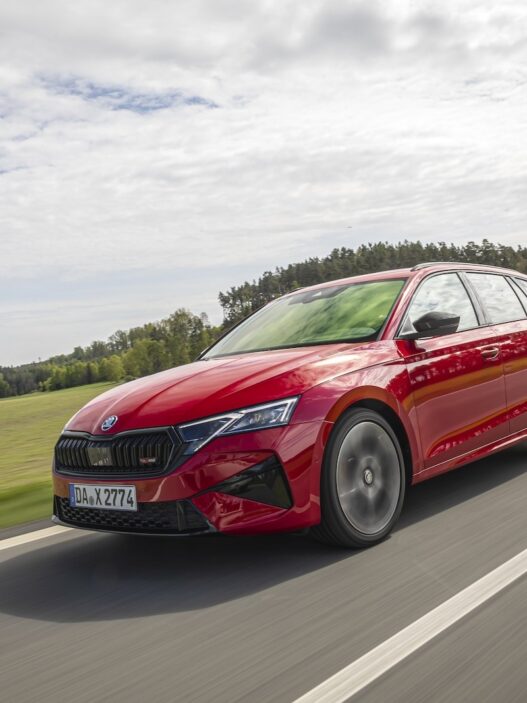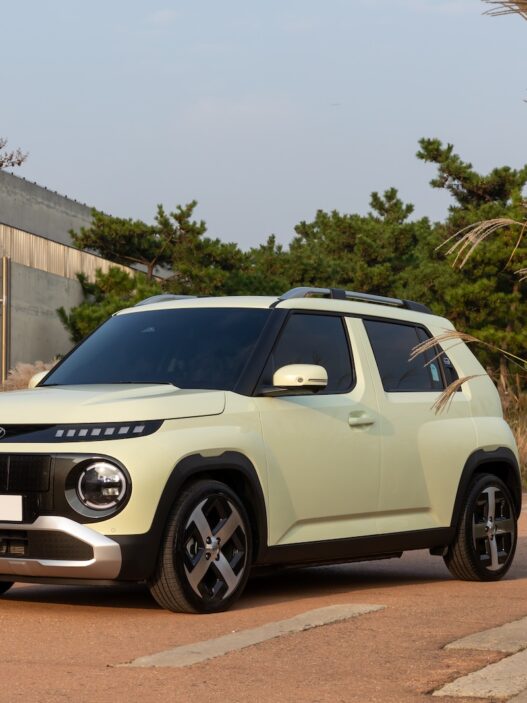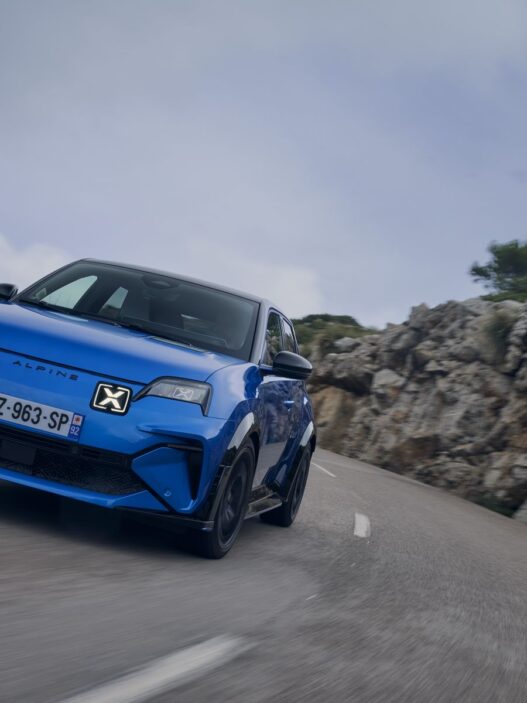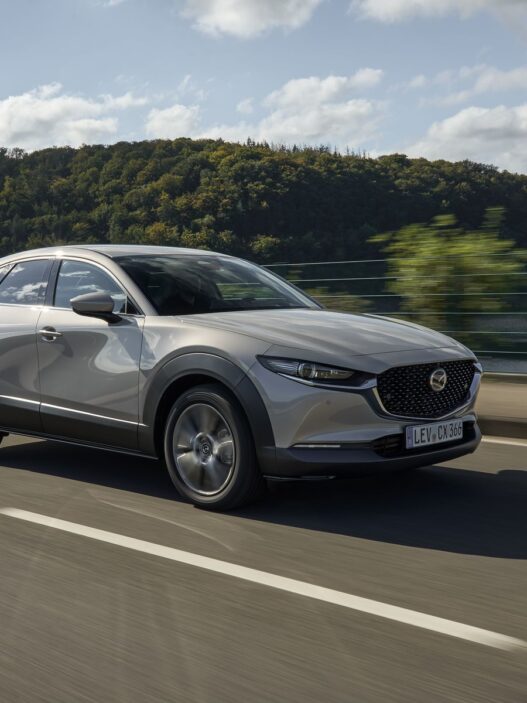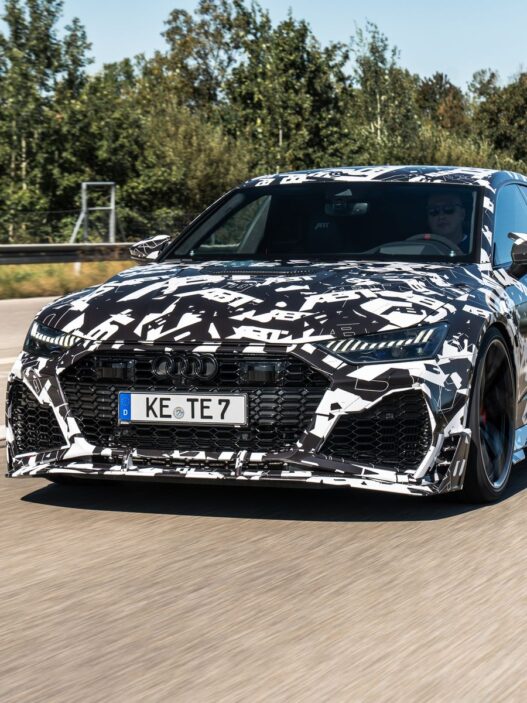Ford is tapping into its heritage with the all-electric Ford Capri, a name that once graced the sporty coupe of the 70s and 80s. Now reborn as a sleek crossover, the Capri Electric shares its tech platform with the VW ID.4, aiming to attract style-focused EV enthusiasts to Ford’s lineup.
A Familiar Name in a New Shape
For many younger European buyers, „Capri“ might bring to mind a sunny Italian island more than a car model. But for those who remember the original, sporty Ford Capri, this modern electric crossover is a significant transformation. Just like the Mustang Mach-E, Explorer, and Bronco, Ford is breathing new life into its classic monikers for a fresh era. The Capri Electric, manufactured in Cologne, stands 16.6 cm longer than its cousin, the Explorer, with an extended rear for increased cabin space, better aerodynamics, and a longer range.
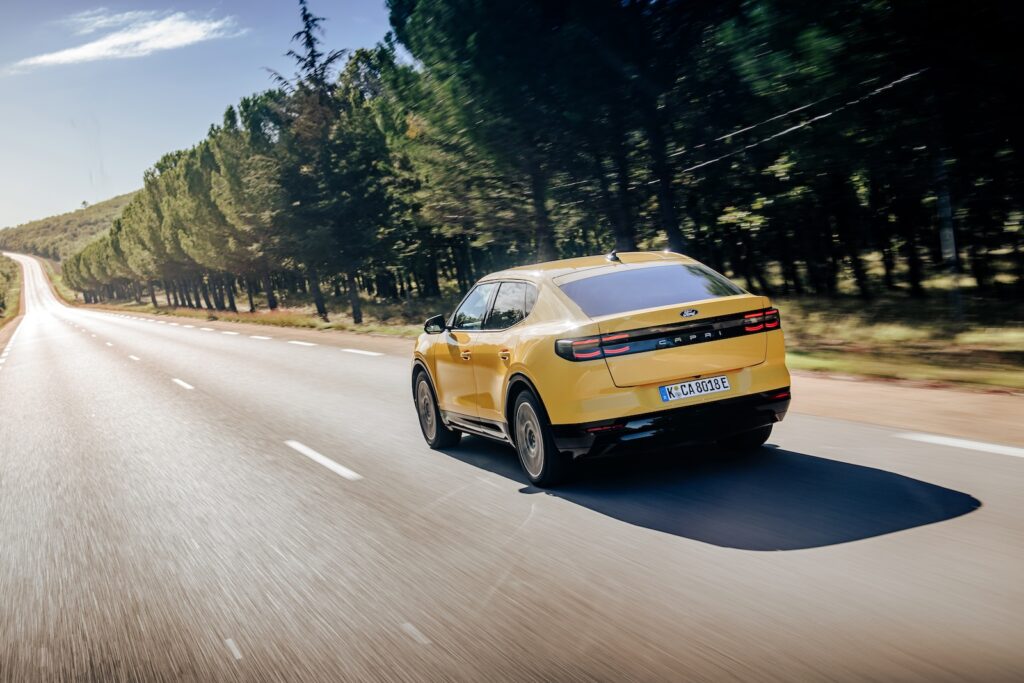
With a 77-kWh battery, the Capri Electric offers up to 627 km on a full charge, depending on driving conditions. Charging speeds range from 135 to 185 kW, prioritizing quick top-ups. A more budget-friendly version, featuring a 52-kWh battery, 125 kW (170 PS) rear-wheel drive, and a starting price of €48,378, will join the lineup next summer.
Inside: Space and Tech, But Quality?
The interior of the Ford Capri Electric closely resembles that of the Explorer and shows its VW ID.4 heritage. Its defining feature is a 14.6-inch vertical display, although the interior surfaces consist mostly of hard plastics, giving the cabin a utilitarian feel.
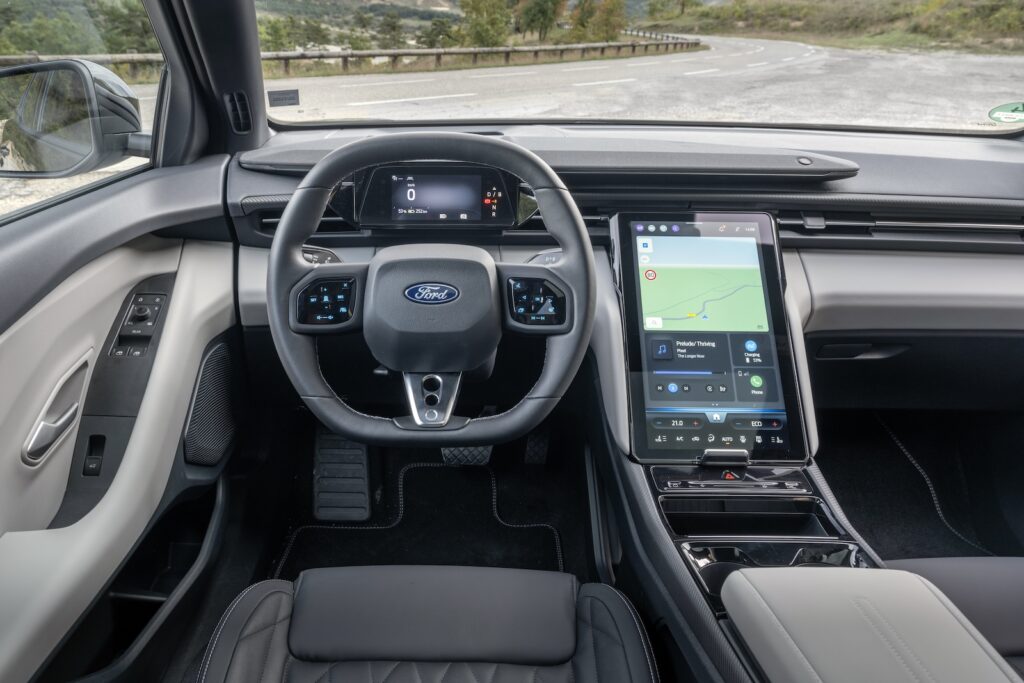
Soft-touch materials appear only in select areas, and even in the top-tier Premium trim, the Capri only offers synthetic leather seats. Despite the materials, the seating is comfortable, with ample room for front and rear passengers alike. The rear seats split-fold in a 1/3 to 2/3 ratio, expanding the 572-liter trunk as needed for longer items.
Sportier Stance and Handling
Ford has tuned the 4.63-meter-long Capri for a slightly sportier feel compared to the Explorer. The Capri’s suspension leans toward a firmer ride, aligning with its sportier image, yet it remains comfortable thanks to its 20-inch wheels. Unlike VW’s approach, Ford opted out of adjustable dampers, concluding that most buyers wouldn’t choose them. Additionally, the Capri lacks steering-wheel-mounted paddles for adjusting regenerative braking, limiting these controls to the Sport mode or the “B” setting on the gear selector.
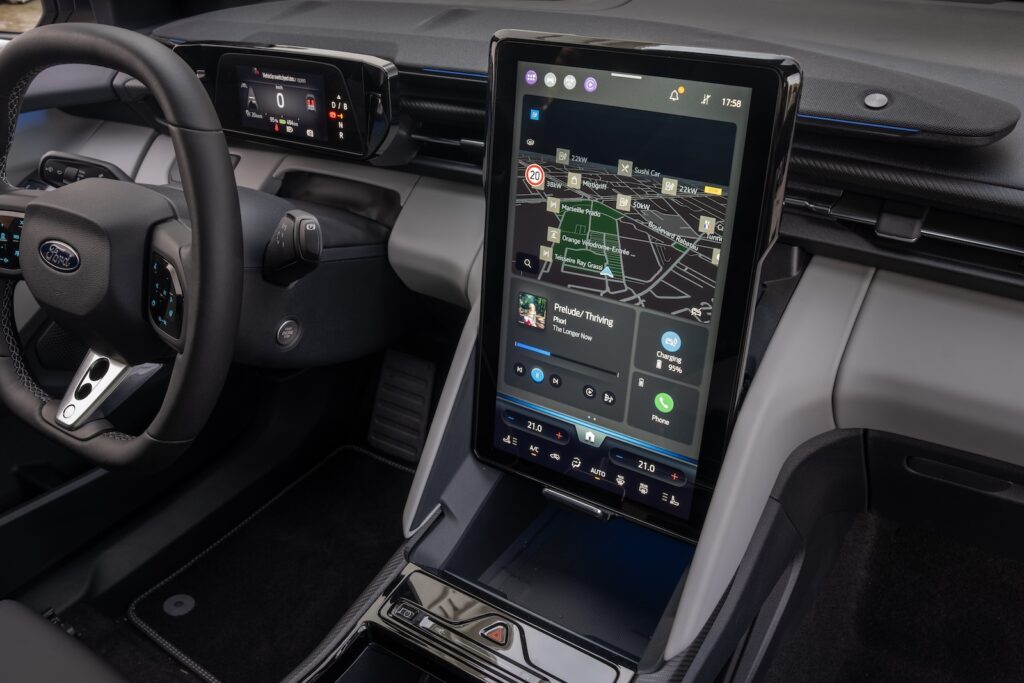
With a low center of gravity and a responsive throttle, the Capri Electric delivers a pleasant drive. It zips from 0 to 100 km/h in 6.4 seconds, thanks to its rear-mounted 210 kW (286 PS) electric motor that puts out a robust 585 Nm of torque. However, top speed is capped at 180 km/h, which might disappoint those seeking a sporty edge in this crossover. Notably, the all-wheel-drive version, which packs 250 kW (340 PS), also shares this top speed but accelerates a bit faster.
Agile But Not Perfectly Tuned
Though sportier than the Explorer, the Capri’s steering doesn’t quite live up to Ford’s typically high standards; it feels a bit too light and synthetic, regardless of the chosen drive mode. The difference between driving modes is minimal, apart from Sport mode offering a more intense acceleration push, while Eco mode caps top speed at 130 km/h unless you floor the pedal. Rear-wheel-drive enhances agility, with a turning circle that’s one meter smaller than the all-wheel variant, making city driving and parking a breeze.
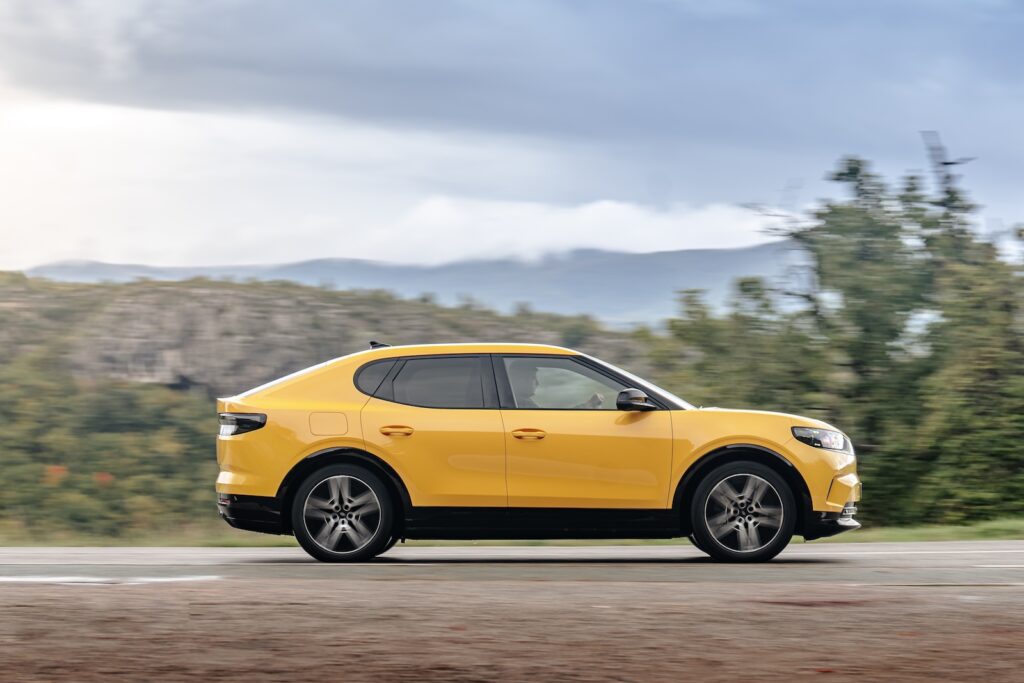
On test drives, the Capri’s real-world consumption hovered around 15 kWh per 100 km, yielding a range close to 520 km, slightly below the official estimate—a respectable figure for an EV of its size and power.
Technical Data Ford Capri Electric
- Motor: Rear-mounted electric
- Power: 210 kW / 286 PS
- Torque: 585 Nm
- Top Speed: 180 km/h
- 0-100 km/h: 6.4 seconds
- Battery: 82 kWh (77 kWh usable)
- Consumption: 13.3 – 14.0 kWh / 100 km
- Range: 598 – 627 km
- Starting Price: €55,543
